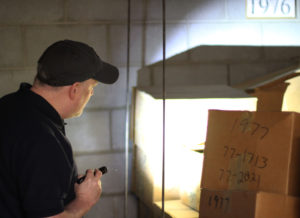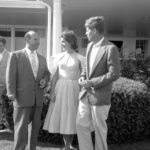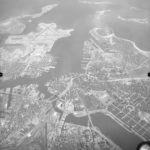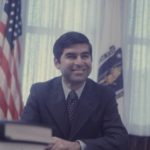Archives and Special Collections Debuts New Finding Aids Directory
Our Archives and Special Collections recently debuted a new site for collection finding aids. Finding aids help researchers locate specific materials in archival collections, so they’re an essential part of the archives experience. Staff have been working to ensure a smooth transition from the old method of locating finding aids so researchers are still able to find collections easily.
Archives and Special Collections staff have created subject guides for all our collections, which include both materials related to the history of Northeastern University and manuscript collections that capture the history of social movements, underrepresented communities, and infrastructure in Boston. These special collections cover a wide range of Boston history topics, from African Americans, the Latinx community, and women, to housing justice, education, the Central Artery/Tunnel Project (Big Dig), and more.
When on the Archives Catalog homepage, you can browse through these categories by clicking the Subject Guides link towards the bottom of the page:
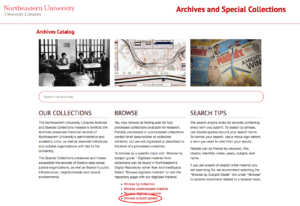
From the main Subject Guides page, you can choose where you would like to start your search. By clicking on the “Show Subgroups” buttons, you can see all of the different subgroups for each subject guide. So if you wanted to do some research for Black History Month, after clicking to see all the subgroups, you will see the African American subgroup under Manuscripts.
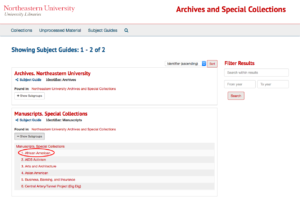
After clicking on the link, you’ll be taken to a page listing all of the special collections related to African American history in Boston:
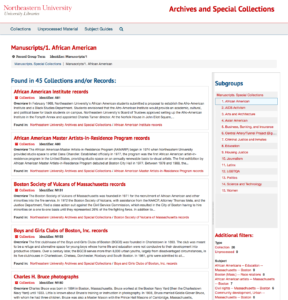
Collections are also listed under multiple subject areas to help make them more accessible.
We hope these new subject guides help our researchers find all of the collections that we have to offer in Archives and Special Collections! And as always, if you have any questions or would like to come visit us, feel free to stop by Snell Library Room 092 or email us at archives@northeastern.edu.
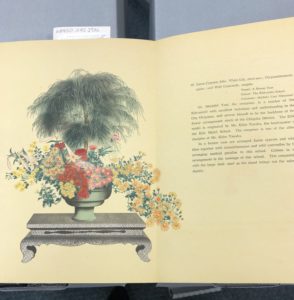
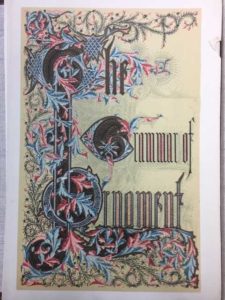

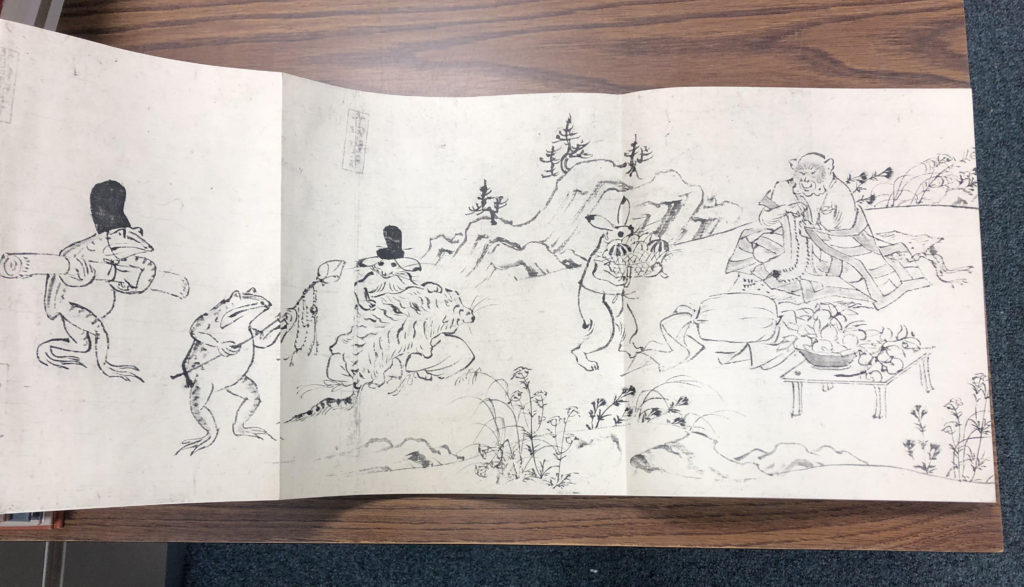
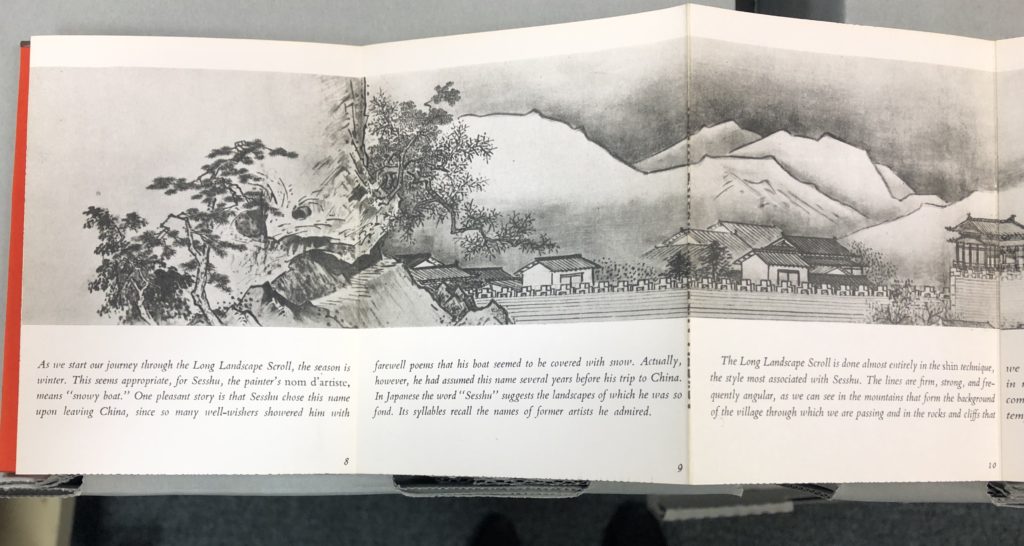
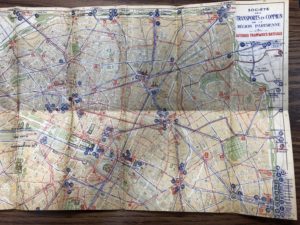
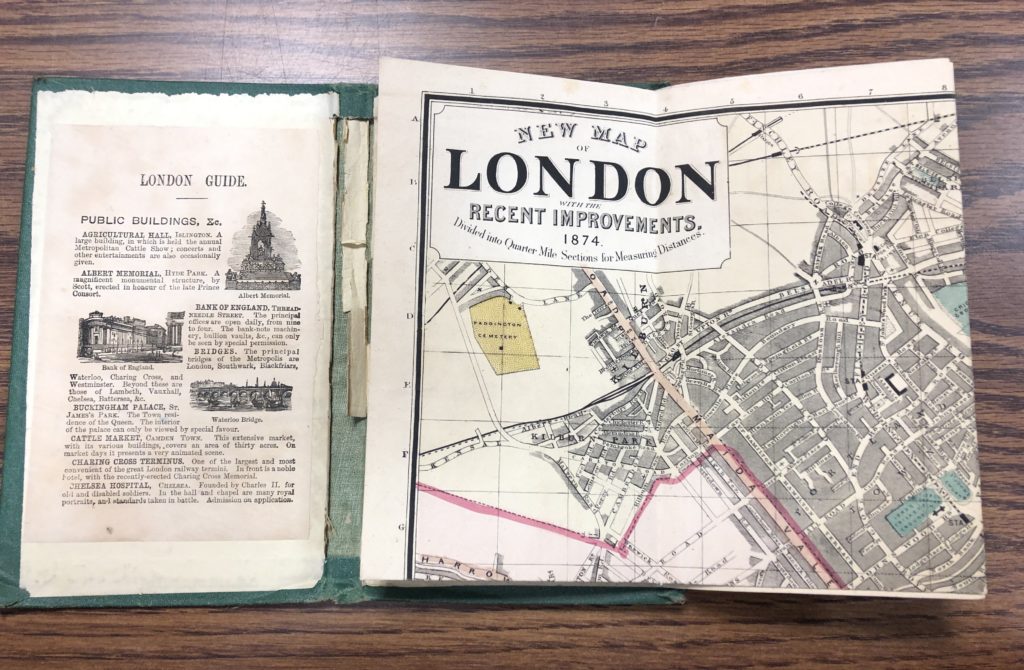
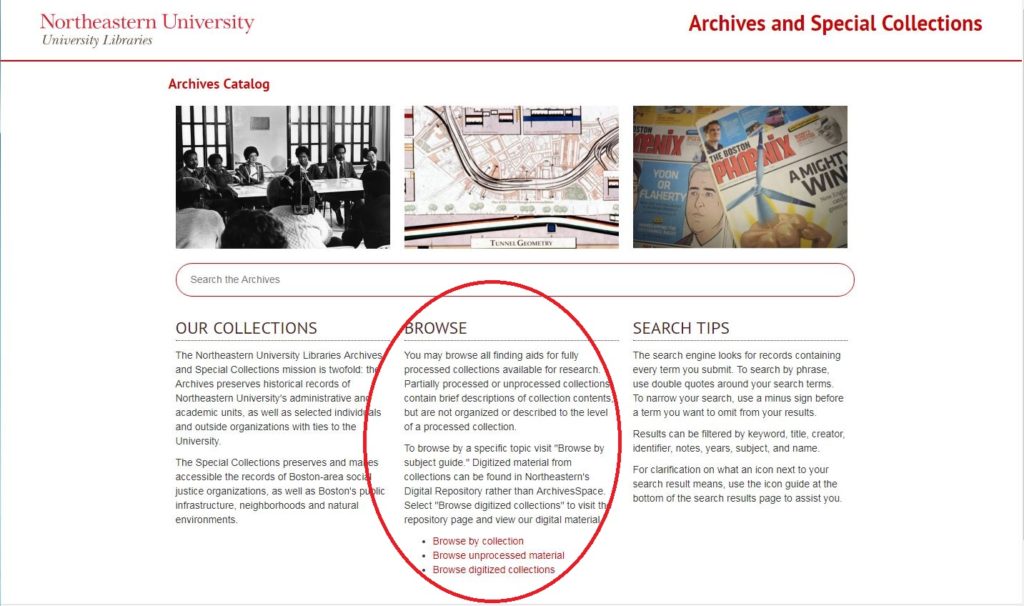
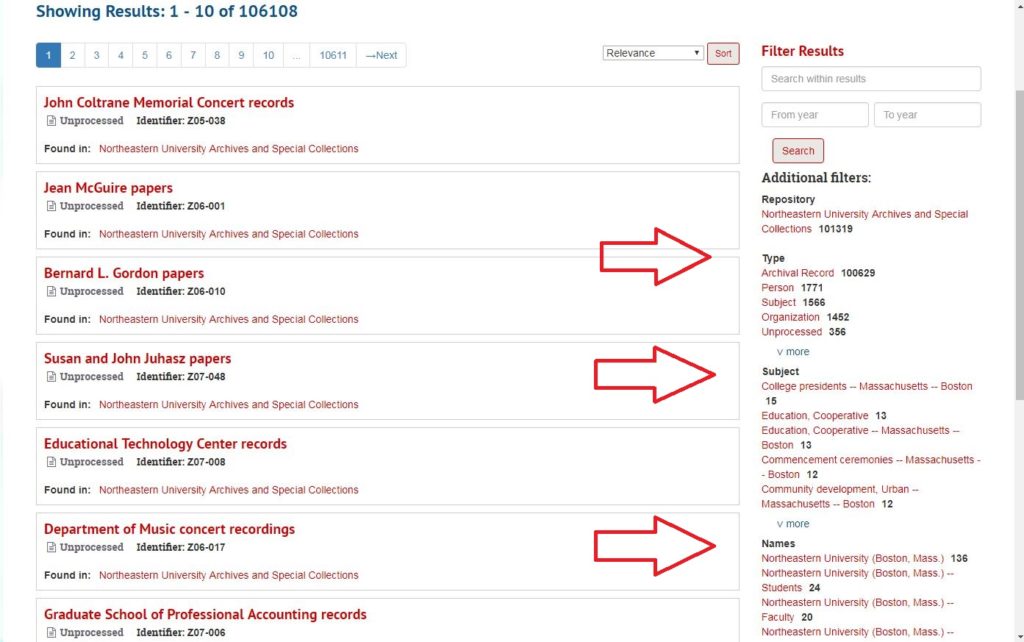
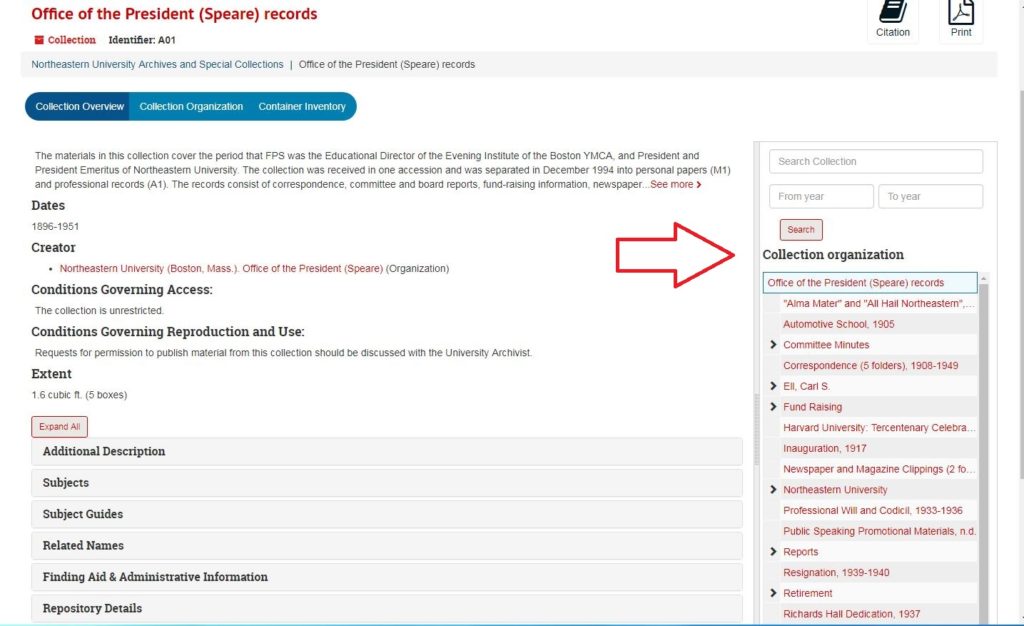
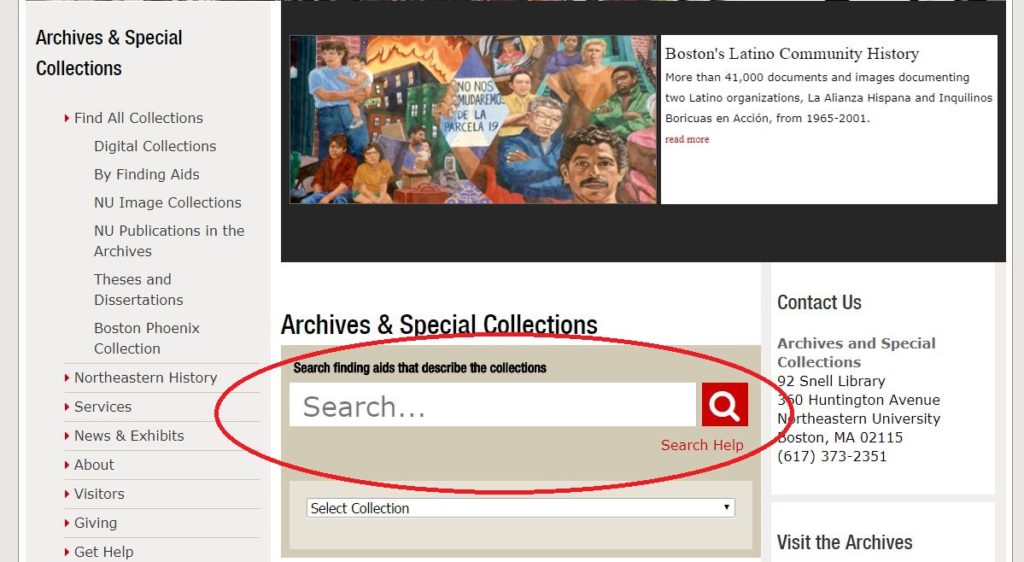
 A leading provider of commercial photography in the greater Boston area for over 80 years,
A leading provider of commercial photography in the greater Boston area for over 80 years, 